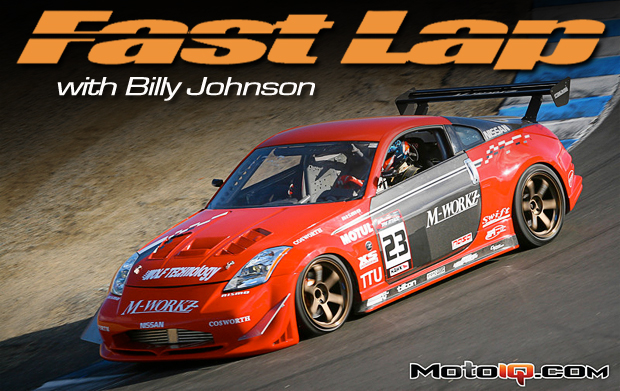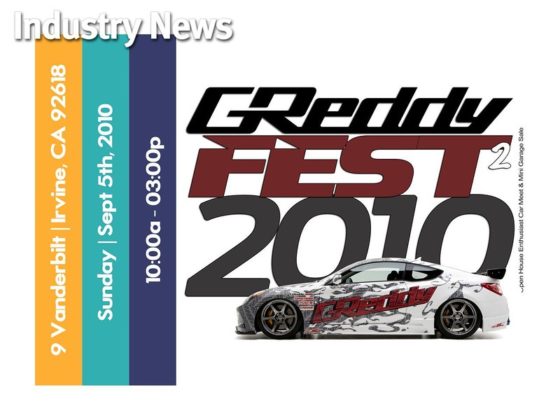,
 Turn 8 (The “Corkscrew”)
Turn 8 (The “Corkscrew”)
Brake just before the crest with hard initial pressure. Ease up on the brake pressure as the car gets light over the crest to avoid excessive ABS chatter or brake lockup. Once the car lands, increase the brake pressure again and then modulate the brakes down to the apex. I don’t follow the line of staying on the right side of the road under the brakes then turning down to the apex. Instead, I drive a straighter line from the crest of the hill to the apex of Turn 8A (the left apex at the top of the corkscrew).
The key to the corkscrew is to apex 8A with your left front wheel at the apex, and then aim at the 3rd tree to the right as you look straight across the track and on the hill. At this point all you can see is a drop-off with no reference points or view of where the track goes. There is a set of 3 distinct trees straight ahead of you across the track, right as the road falls away underneath. There are two big ‘full’ trees with the far one on the right being much smaller with less leaves. The “Dead Tree” (although now it is starting to have more leaves so don’t get confused). If you get down to the apex on the left (8A) and aim at the 3rd tree on the right, you will be on the proper line to go down the corkscrew and apex 8B on the right perfectly without going off the track or missing the apex by a car width. It is very common to mess up the line through the “Corkscrew” but if you follow these simple reference points you will hit the apex each time. It really isn’t a very challenging corner but time and time again I see many professionals (even drivers in ALMS) mess up the corkscrew.
After you apex the right hander, I see many people track all the way out to the left exiting the corkscrew. Keep the car much tighter and do not track out any more than half way. This will keep you on a better line to set up for Turn 9.
Turn 9
After exiting the corkscrew and staying mid-track, bring the car back to the right side of the road. After the turn-in curbing starts on the right, brush the brakes briefly. The duration and amount of pedal pressure in this ‘brush’ will depend on the weight, power, and grip of the car. Release the brakes and pick up maintenance throttle, just enough to transfer weight onto the rear of the car to stabilize it as the road falls away. Be patient to tighten the line and bring the car to the middle of the track, then crank the wheel to get down to a LATE APEX and squeeze to full throttle by the apex. Let the car track out to the right side of the road then quickly bring the car back to the left to set up for Turn 10.
Turn 10
After you brush the brakes and turn in, there is very minimal road camber to help catch the car. At this point the car should feel light and as if you will not make the corner. It is important to realize there are two forms of compression in this corner, similar to Turn 5. The track goes from steeply downhill to relatively flat, which forces the car into the ground and greatly increases grip. At the apex there is also a decent amount of camber in the road to help turn the car. It is important to have a wide entry and a late apex because if the car is not turned by the apex, the road camber goes away quickly afterwards and the road flattens out; thus all the compression is lost and grip is greatly reduced and the exit comes up fast. It is easy to run out of room on exit if the entry was not wide enough.
If you do find yourself in this bad position, like turn 6, it is crucial to just let the car drop 2 tires (or even 4) and slowly ease the car back on the road in a straight line rather than panicking and yanking the car back to the left which can cause a hook-spin and finding the wall on the left. This is not common but it can and occasionally does happen.



